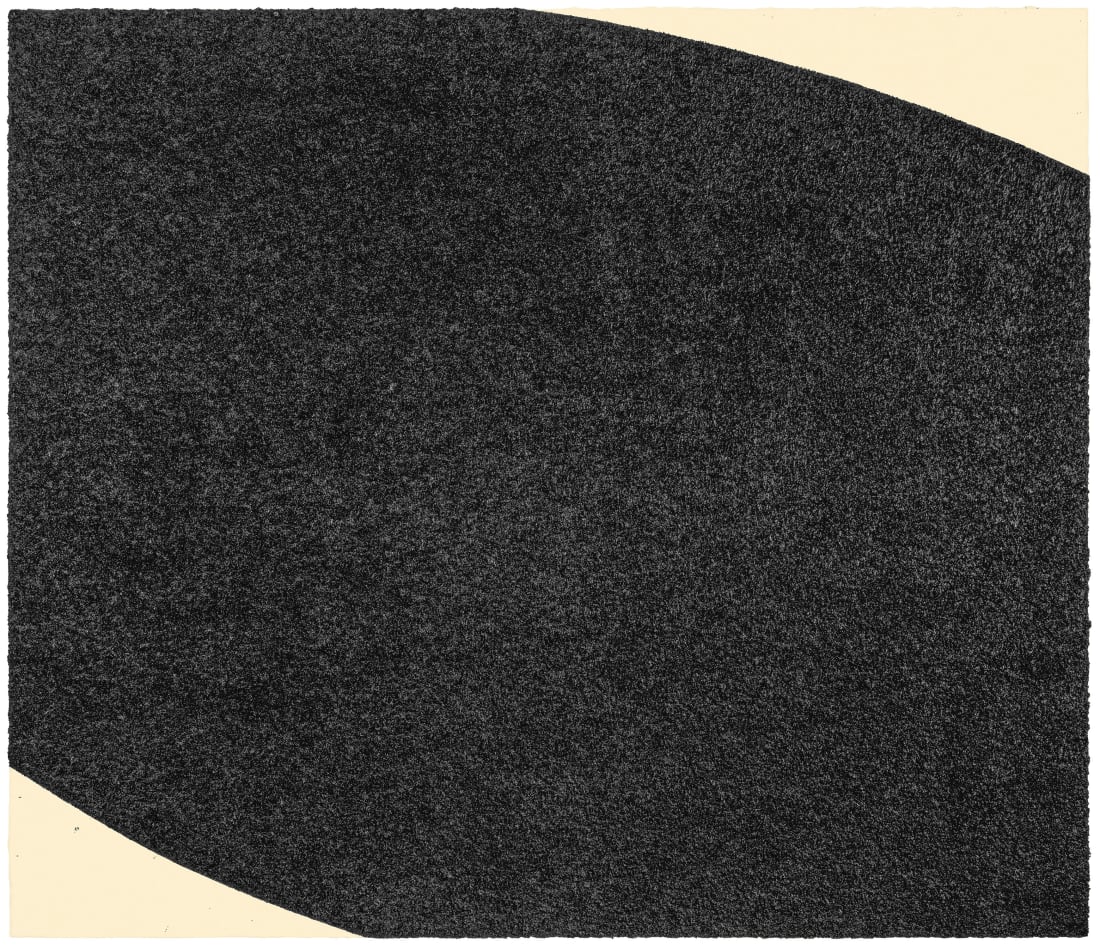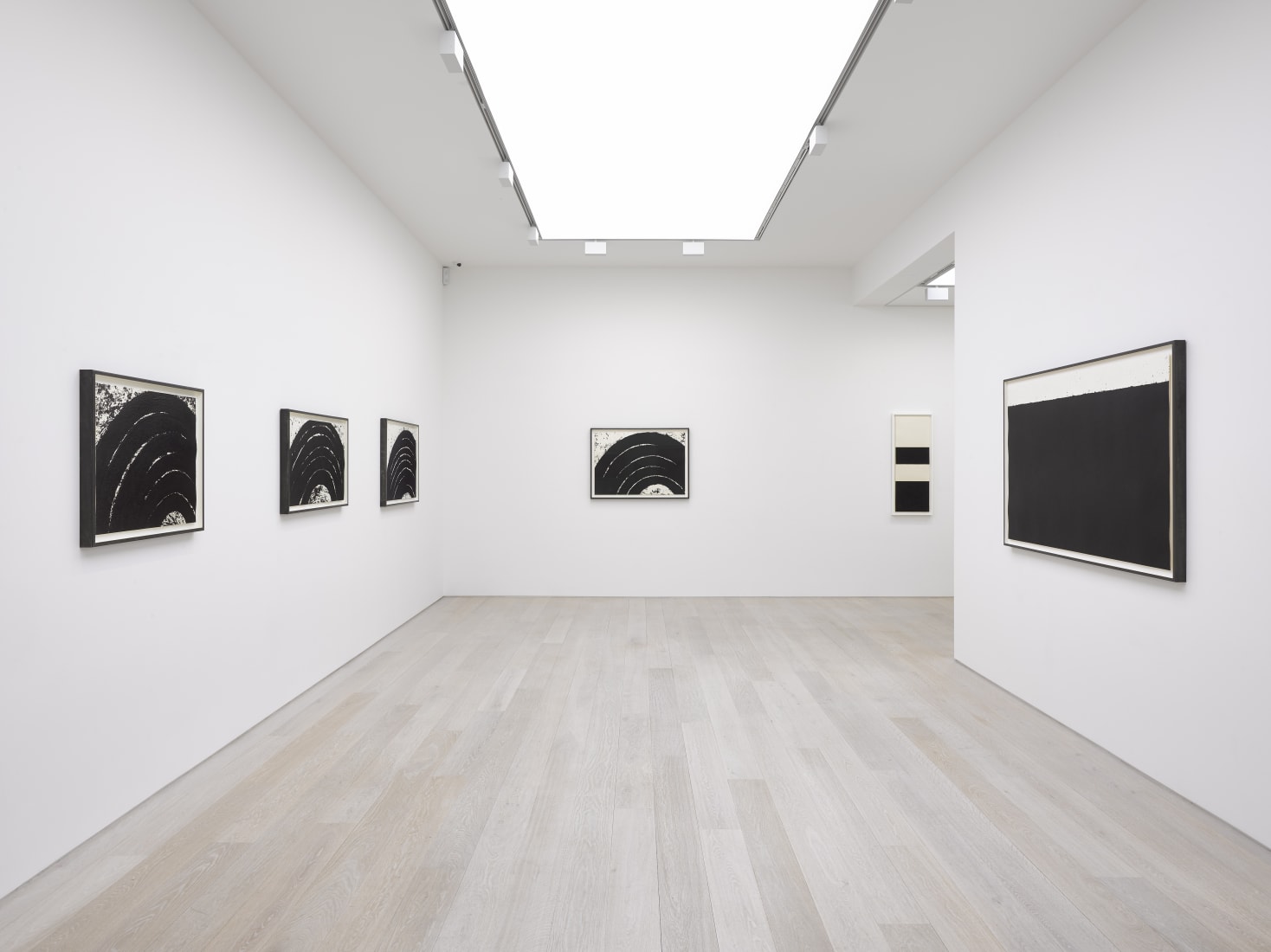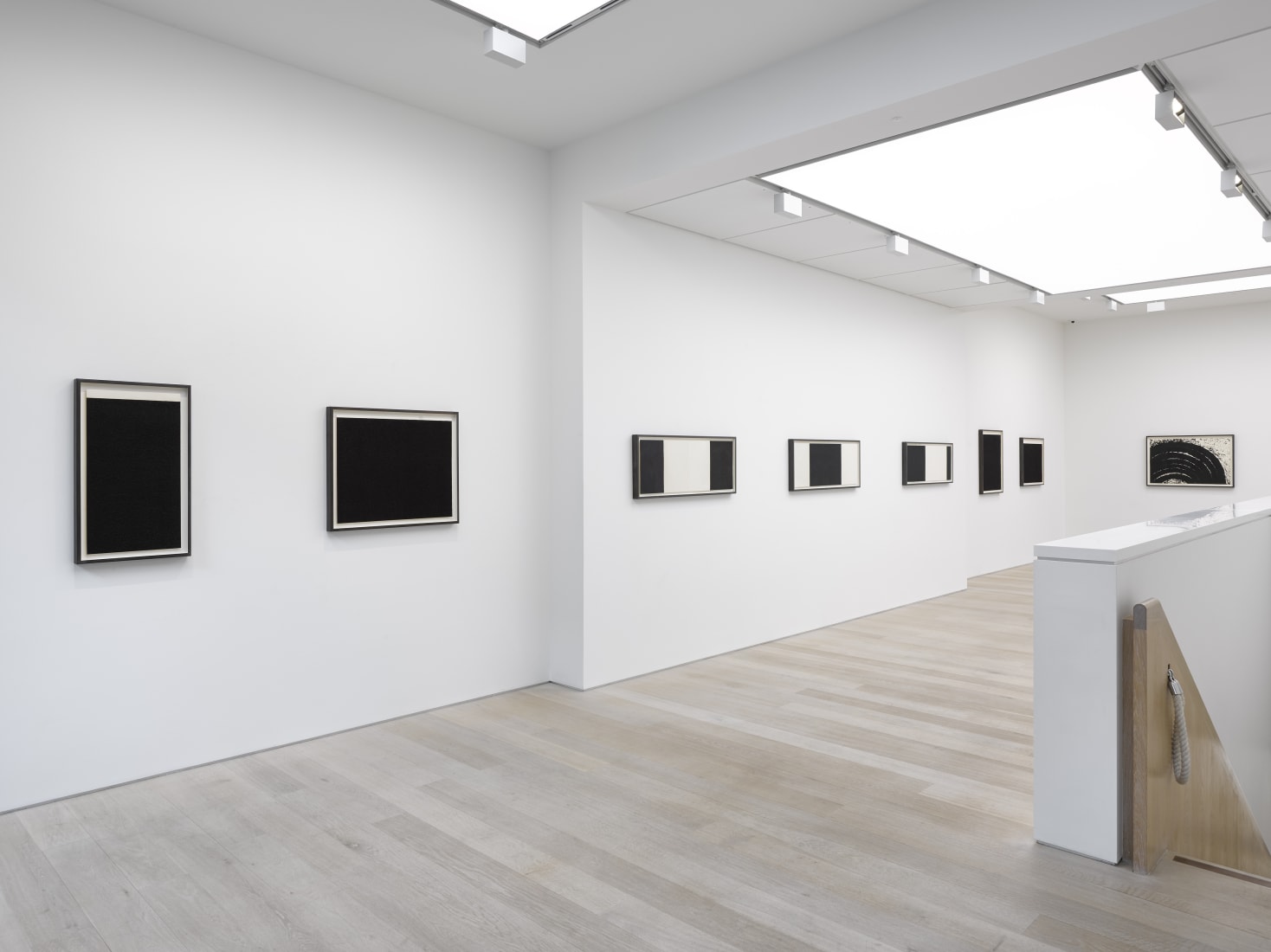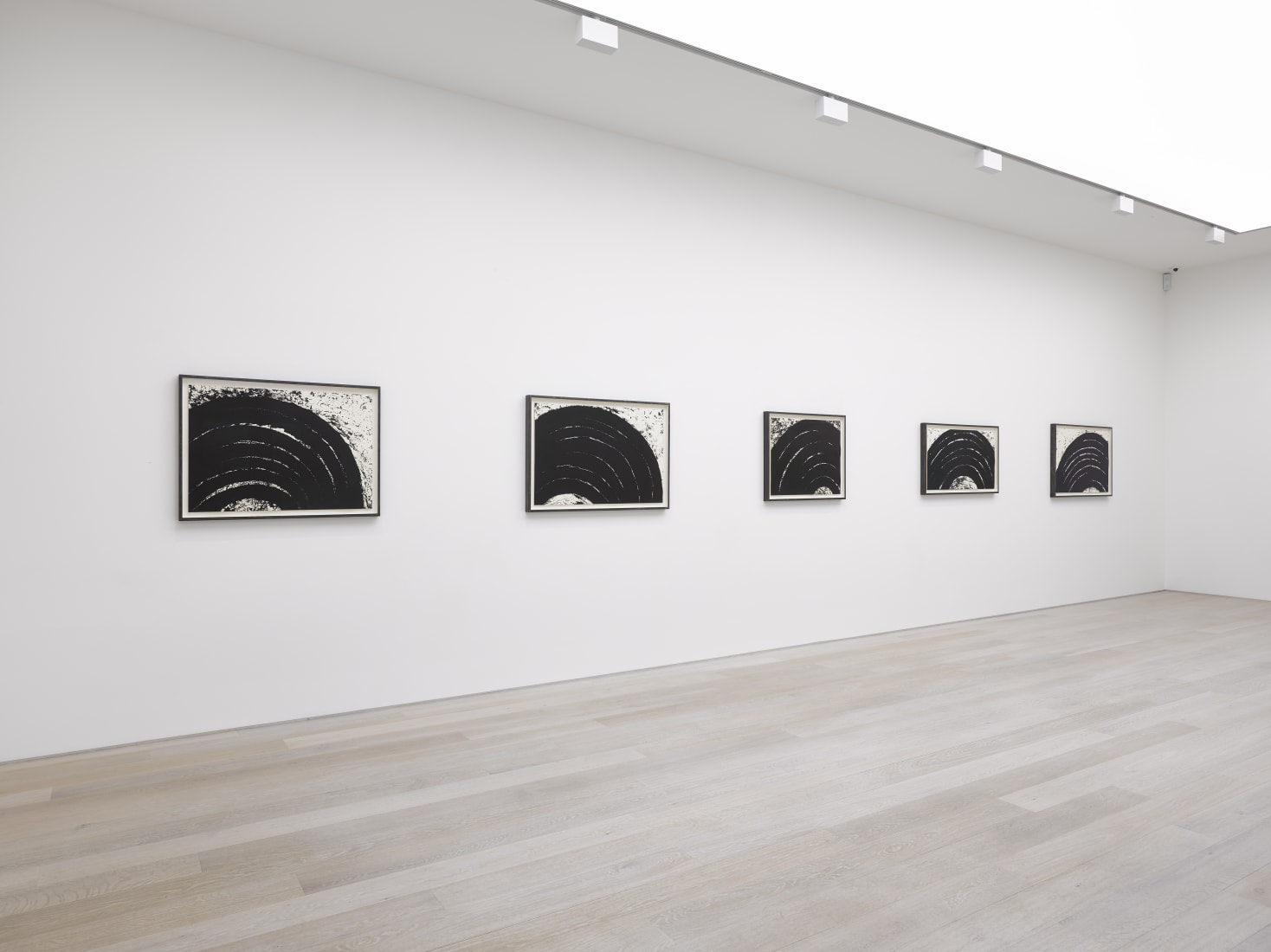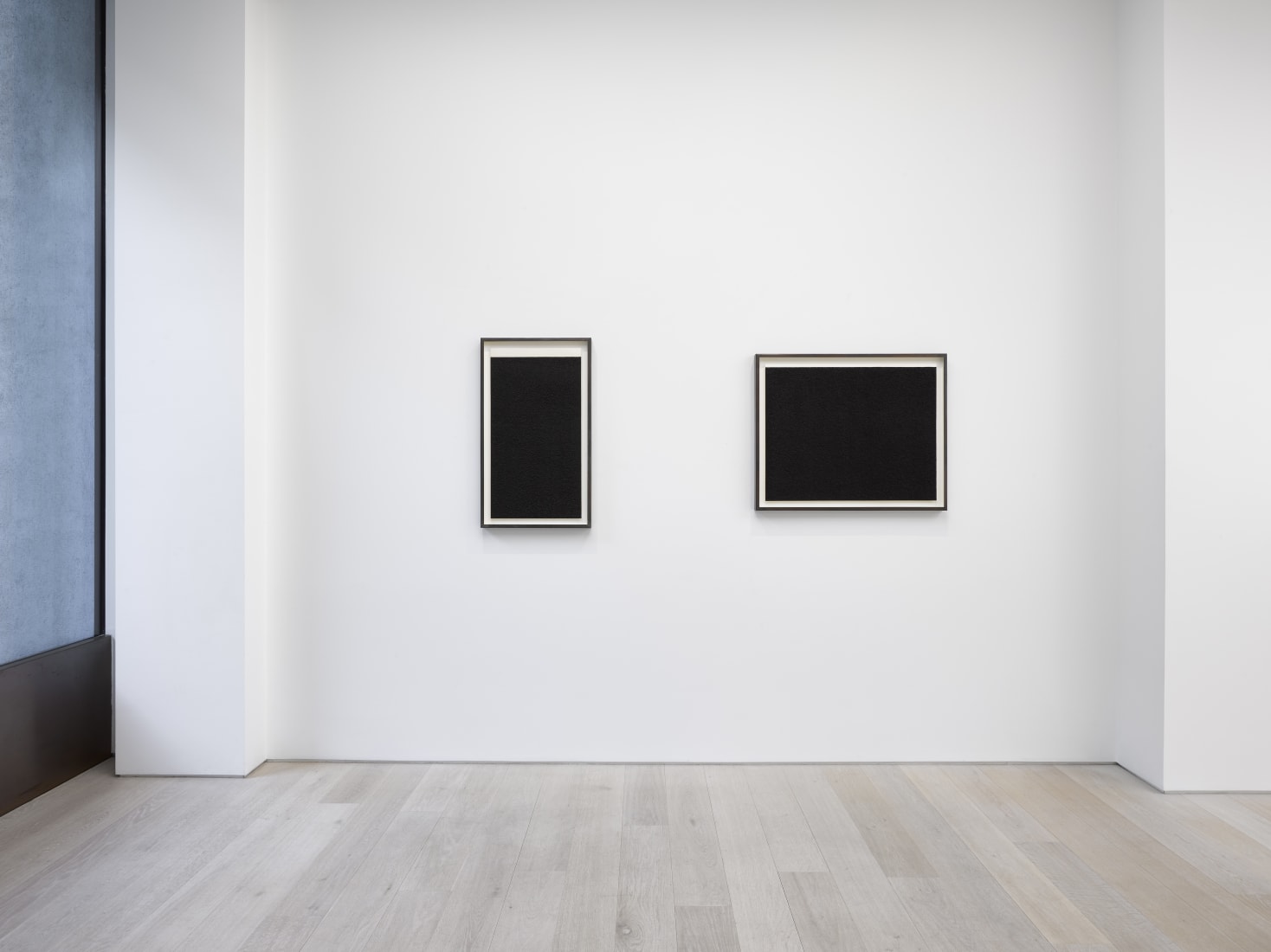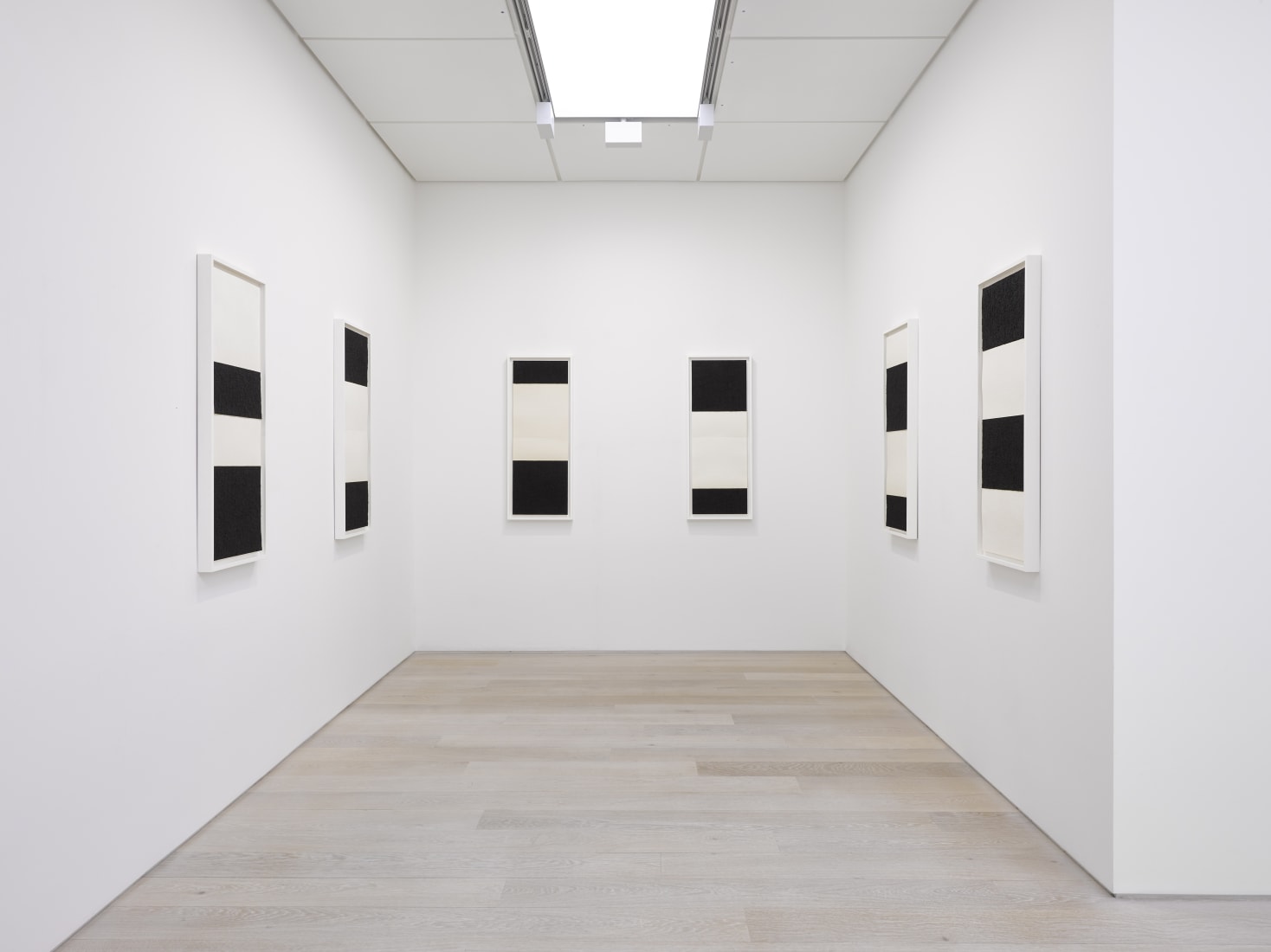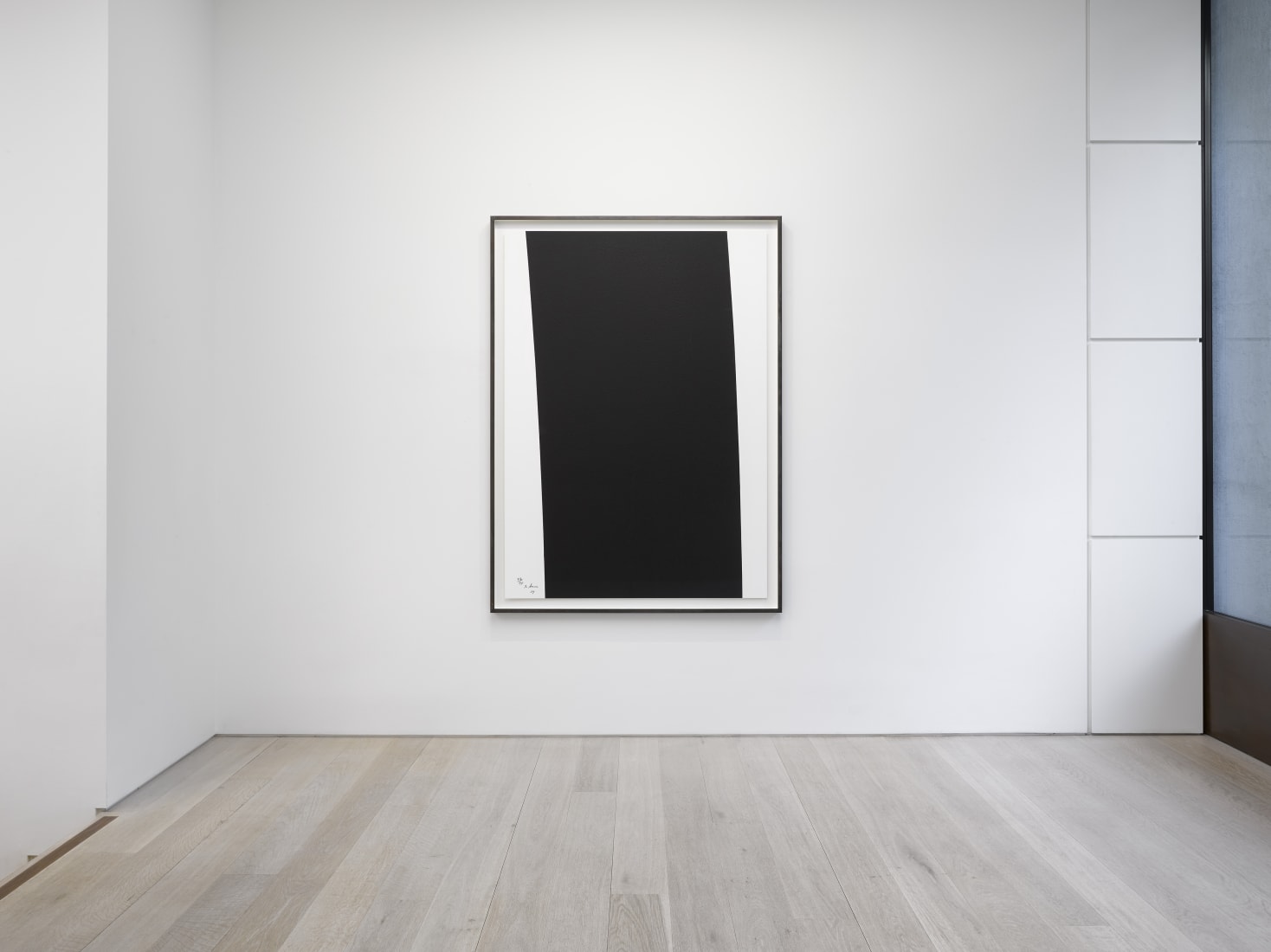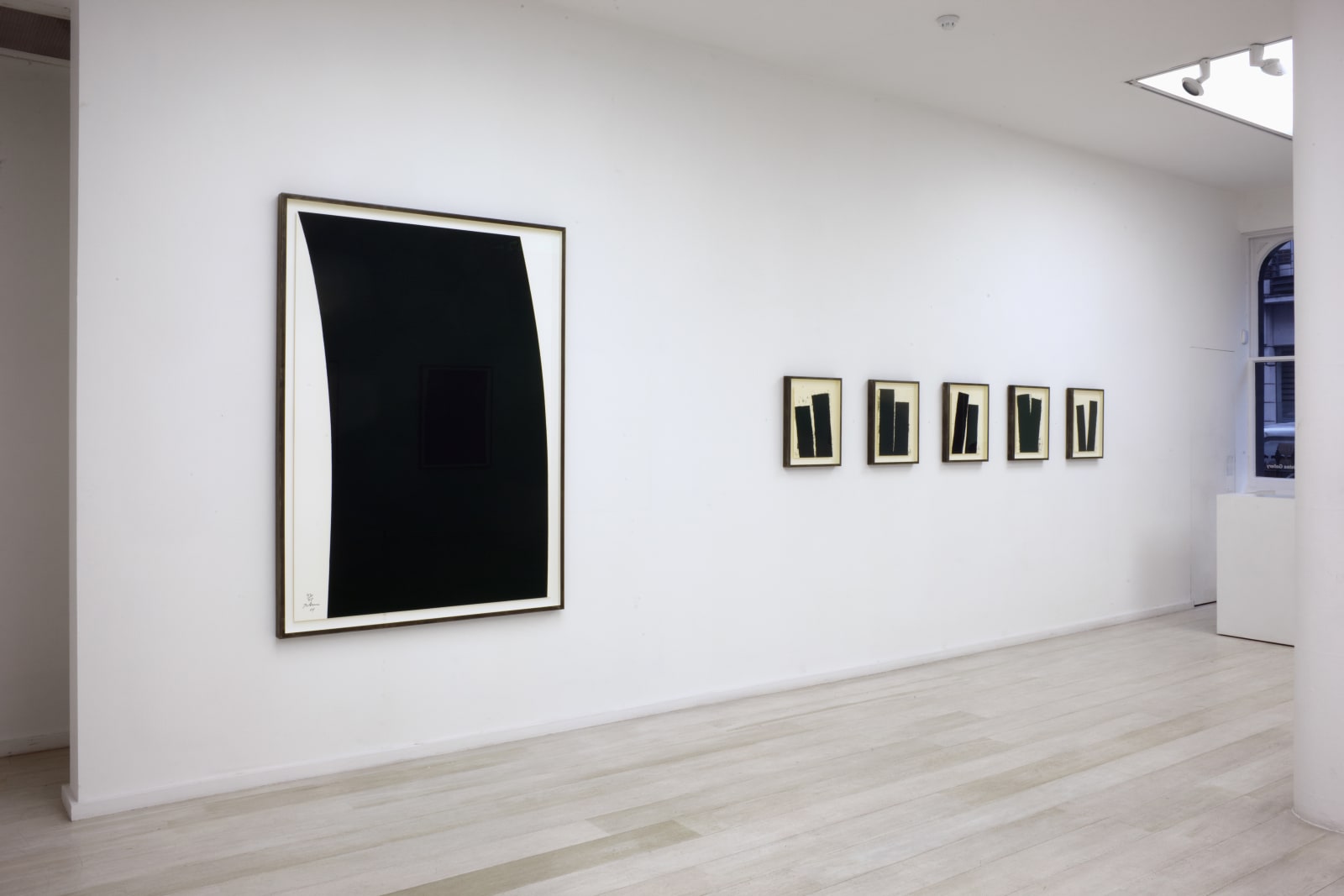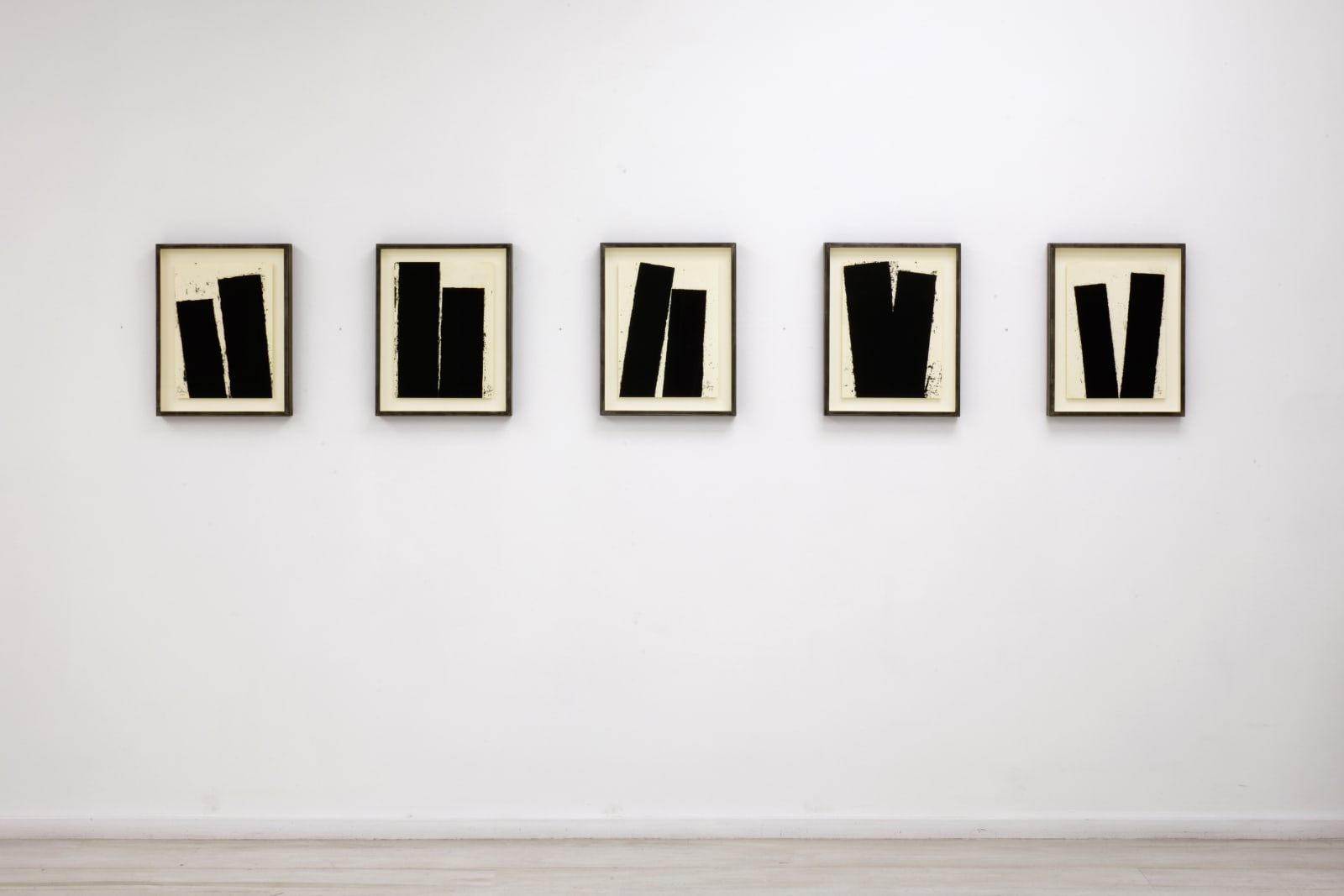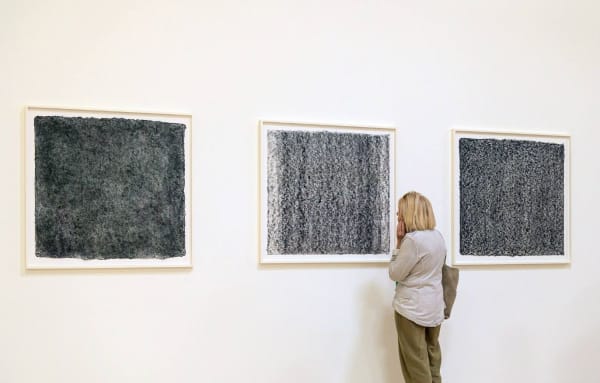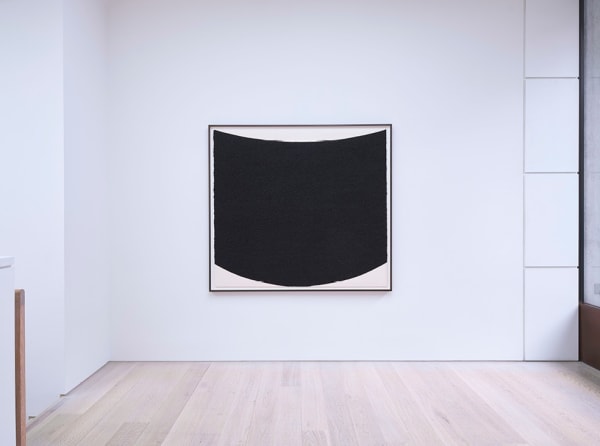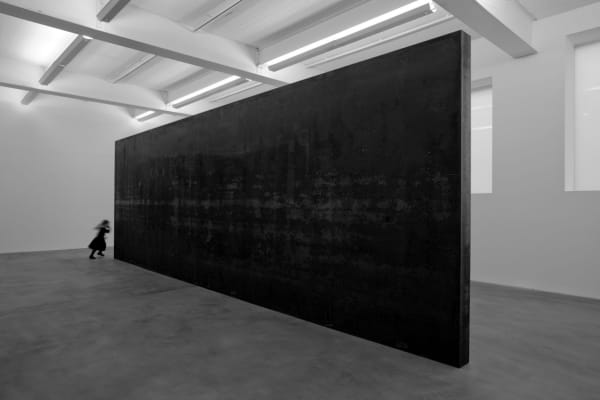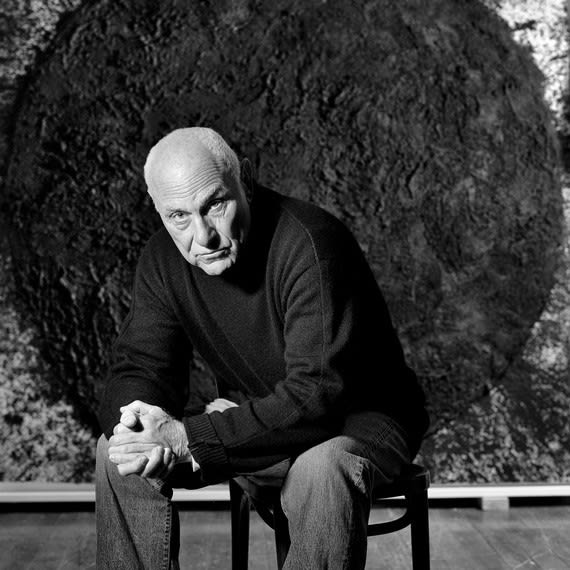Richard Serra
Richard Serra (1938 - 2024) was born in San Francisco, USA. He lived and worked in New York, and the North Fork of Long Island, and Nova Scotia. From 1957 to 1961 Serra studied at the University of California at Berkeley and Santa Barbara, and from 1961 to 1964 at Yale University, Connecticut, where he worked with Josef Albers on Albers seminal book, Interaction of Color (New Haven, 1963). His first solo exhibition was held at Galleria La Salita, Rome, in 1966 and the Pasadena Art Museum staged his first solo museum exhibition in 1970.
Few artists pushed printmaking to such sculptural extremes as Richard Serra, who made prints for over 50 years. His monumental and physical way of working served to convey weight, stability and density. His final editions were made using oil stick, a combination of pigment, linseed oil, and melted wax. The mixture was moulded into large cylindrical sticks, then pressed down into a meat grinder and blended in an industrial dough mixer with silica. The mixture was applied in layers, by a gloved hand, directly onto handmade paper, pushing and rubbing in a downward direction. Each layer required weeks of drying time before an additional coat could be applied. By layering the oil stick, Serra asserted the physicality of the prints.
Serra's large-scale, site-specific sculptures, featuring monumental arcs, spirals, and ellipses can be found all over the world. Selected solo exhibitions and retrospectives include Kunstmuseum Basel, Basel (2017); Nasher Sculpture Center, Dallas (2017); Museum Boijmans Van Beuningen, Rotterdam (2014); Metropolitan Museum of Art, New York (2011); San Francisco Museum of Modern Art (2011); Menil Collection, Houston (2011); Monumenta, Grand Palais, Paris (2008); Kunsthaus Bregenz (2008); Museum of Modern Art, New York (2006); San Diego Museum of Contemporary Art (2006); Solomon R. Guggenheim Museum, Bilbao (2005); Museo Archeologico Nazionale di Napoli, Naples (2004); Pulitzer Foundation for the Arts, St. Louis (2003). His works are housed in major collections all over the world.
Serra participated in international exhibitions including Documenta, Kassel (1972, 1977, 1982, and 1987); the Venice Biennale (1980, 1984, 2001, and 2013); and the Whitney Museum of American Art’s Annual and Biennial exhibitions (1968, 1970, 1973, 1977, 1979, 1981, 1995, and 2006). Serra was the recipient of many notable prizes and awards. In 2015, he was awarded Les Insignes de Chevalier de l'Ordre national de la Légion d'honneur, France, and in 2018 he received the J. Paul Getty Medal, which honors extraordinary contributions to the practice, understanding, and support of the arts. Prior to this he was also awarded Orden de las Artes y las Letras de España, Spain in 2008 and Orden pour le Mérite für Wissenschaften und Künste, Federal Republic of Germany in 2002.
Cristea Roberts Gallery presented the first exhibition in the UK devoted to Serra’s prints in 2013 and displayed the artist's final editions in a solo exhibition in 2025.
Richard Serra passed away aged 85 on 26 March 2024 in New York, USA.
